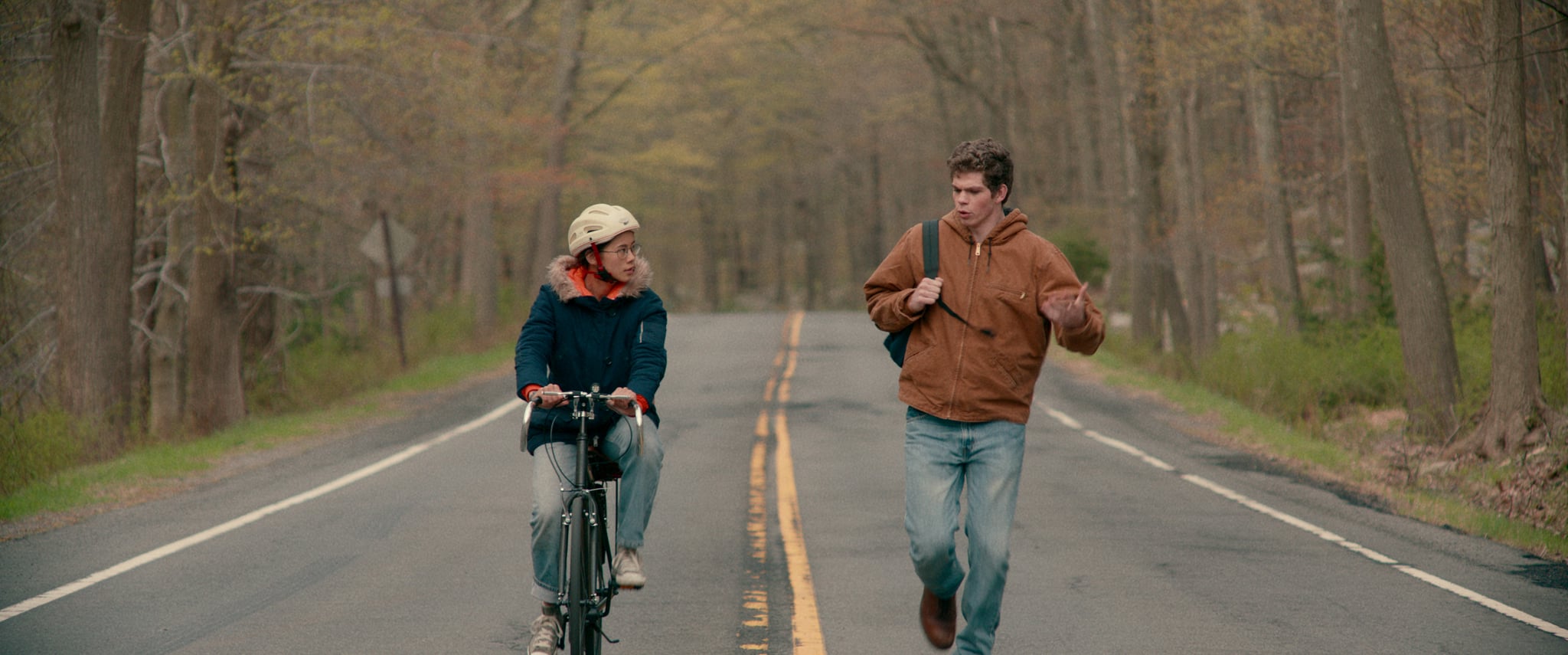Netflix’s ‘The Half Of It’ is a teenage story that rings true with reality, unlike any other teen drama. It is romantic in a way that opens up new doors of understanding for relationships and friendships. It starts with a usual love triangle but soon moves beyond it in the territory of self-love and awareness of the various forms of love that exist in everyone’s lives. One of the best things about the film is that it does not fly off into unrealistic forms of romance. It is not the kind of story that makes you think that “this could never happen to someone like me.” How does it become so relatable? Is it based on a true story? Here’s the answer.
Is The Half Of It Based on A True Story?
No, ‘The Half Of It’ is not based on a true story. It is written and directed by Alice Wu, who used her relationships and personal experiences with love, and the idea of it, to tell a story through the perspective of young people who are still unsure about what it all actually means. The central idea of the film takes inspiration from Cyrano de Bergerac, a play by Edmond Rostand. However, Wu’s version deviates from the original, outgrowing the source in all kinds of ways.
The film follows the relationship between Ellie and Paul, who become unlikely friends after their mutual attraction for Aster. The idea was to explore the kind of love where you have met your soulmate, but it is not romantic in a conventional way. For this, Wu drew from her own experience. In college, she had been friends with a straight guy, who also helped her with coming out. The director had initially planned to tell the story that way, with 20-somethings at the center of it. But she found it better through the perspective of teenagers, who often get caught up in the idea of finding love in others.
The story is set in a small town called Squahamish, and Wu gives it the look of a lonely, isolated town which echoes off the stories of its protagonist’s life. This setting was important for Wu, who hoped that through this, the story would find “in-roads in more conservative communities”.
Another impactful relationship that Wu remembers through her film is a teacher who always pushed her to be better, and was the one who got her in writing, in the first place. In the movie, Ellie, too, has a similar presence in her life in the form of Ms. Geselschap. Paying tribute to her teacher, Wu kept the name of the character the same. Talking of names, the film’s title, too, speaks volumes about the story. At the beginning of the film, Ellie talks about the idea of the other half of us and how it came to be. For this, Wu referred to a speech from Plato’s Symposium. A similar concept is also presented in the song ‘Origins of Love’ in ‘Hedwig and the Angry Inch’. In addition to this, it also refers to the saying, “you don’t know the half of it.”
In the end, ‘The Half Of It’ was always about finding the completeness within yourself. She wanted to break the teen genre out of the shell of exaggerated romance and the fairy-tale sort of world that has been created for young people. It is about feeling all forms of love with equal passion and intensity, with the same intimacy, even if sex is out of the equation. There were so many angles in it that, briefly, Wu considered turning it into a TV show, but eventually found that it made better sense as a film.
Read More: The Half of It Ending, Explained

